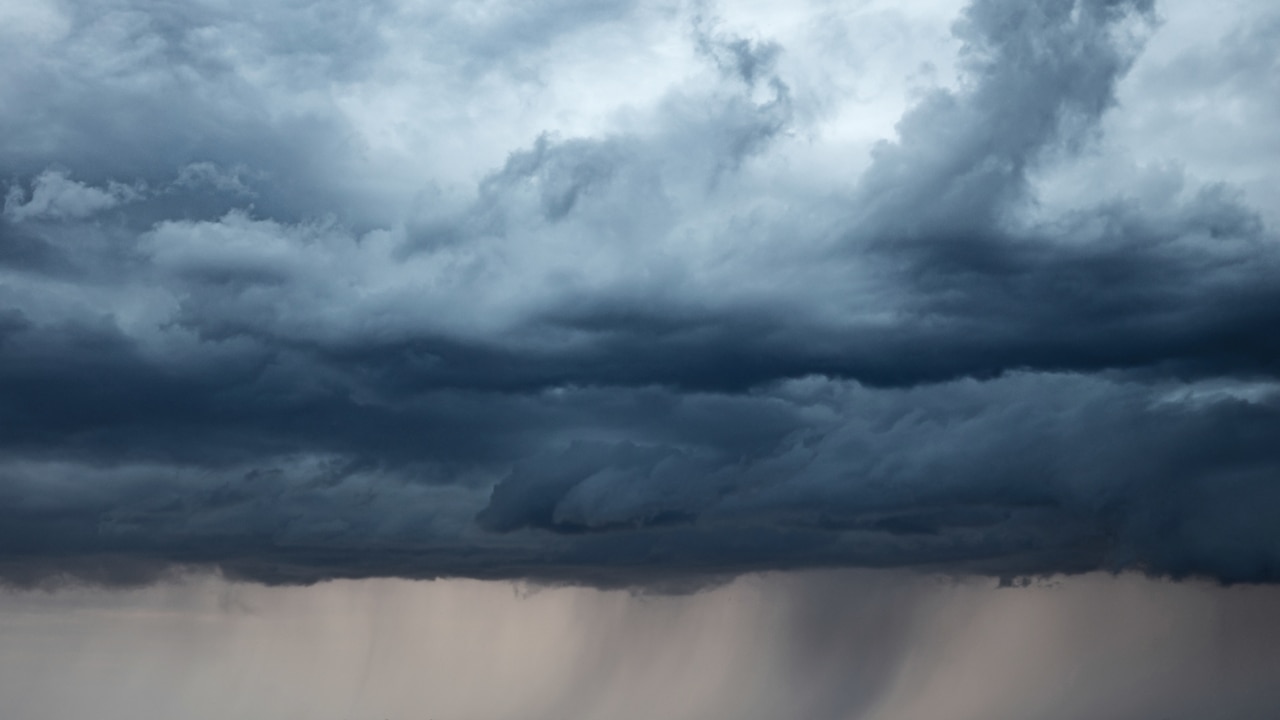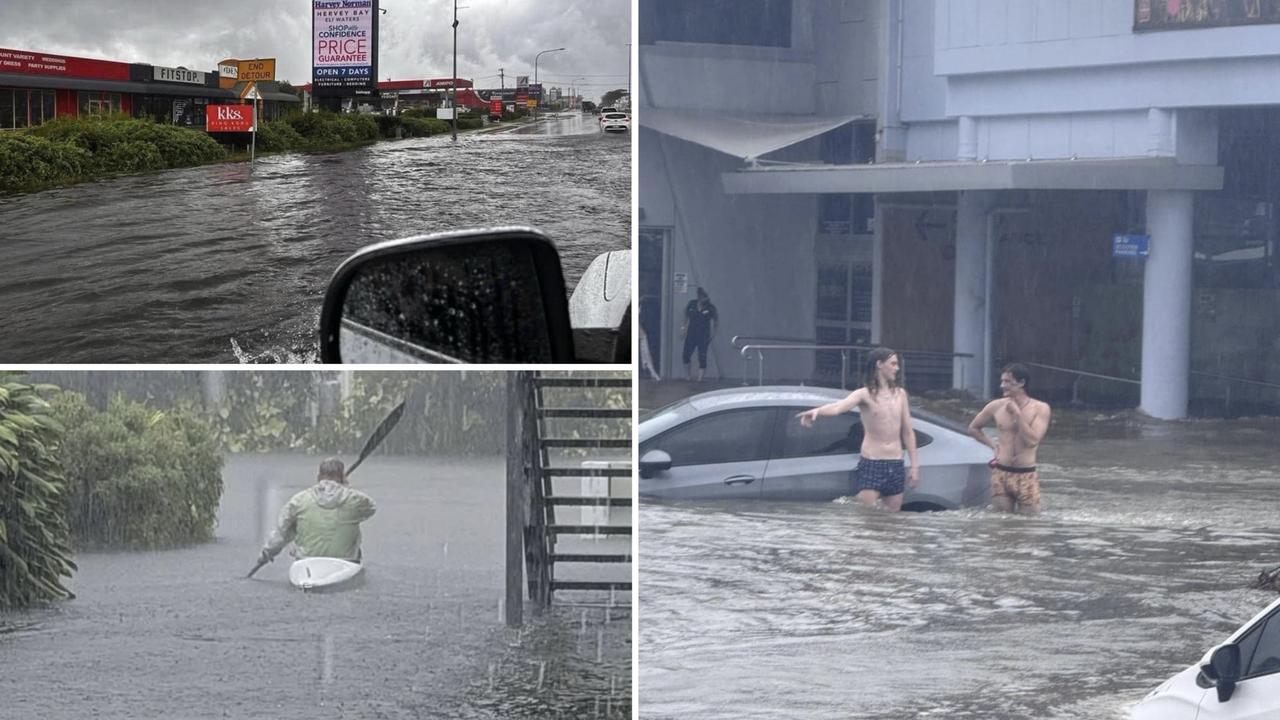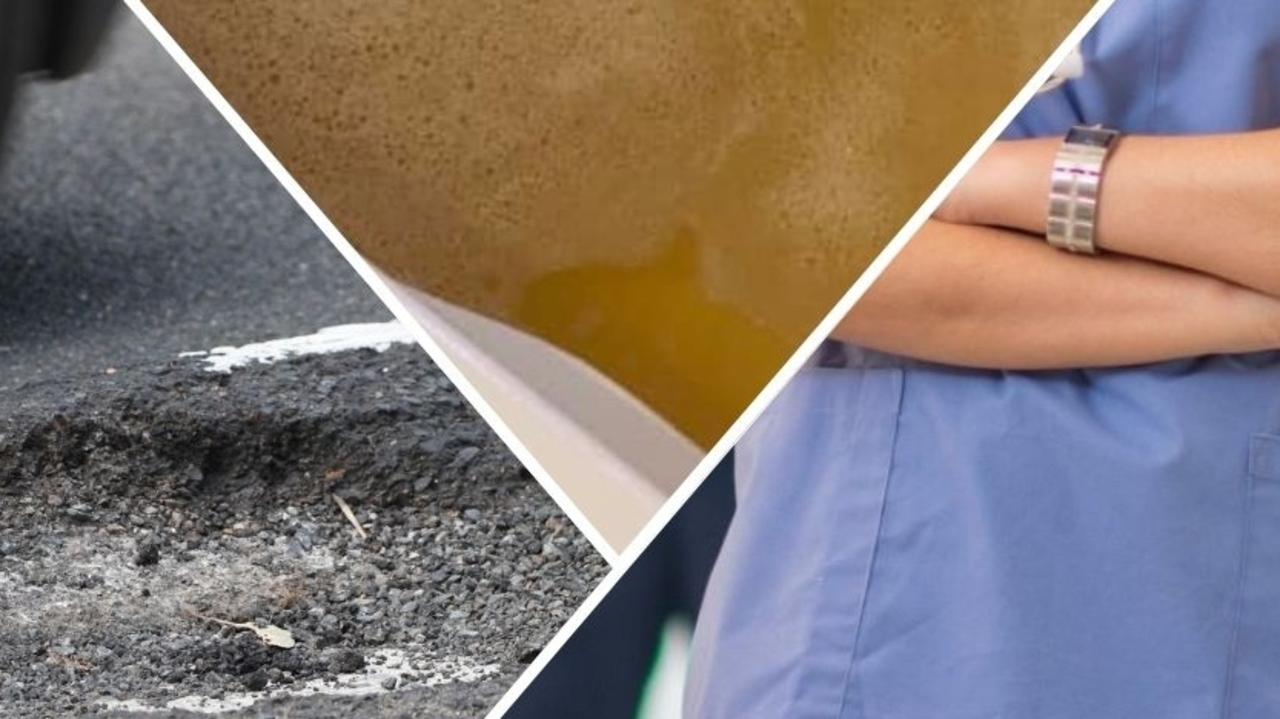Mapped: Extreme weather expected to leave South, North Burnett homes uninsurable by 2030
A new report has revealed a shocking number of houses and units across the Burnett region will cost too much to insure within the next eight years. Here is why:

South Burnett
Don't miss out on the headlines from South Burnett. Followed categories will be added to My News.
Hundreds of South Burnett properties are expected to become effectively uninsurable by the end of the decade as extreme weather events threaten to fast turn Australia into an “uninsurable nation”.
New modelling from The Climate Council reveals the Maranoa is the third most at-risk federal electorate of having properties become uninsurable due to increasing premiums across Australia, with 19,551 properties at high risk.
The price increases for policies have been attributed to the growing incidence of extreme weather events, illustrated most recently by Queensland’s back-to-back flooding disasters earlier this year.
Deputy chair of the Local Disaster Management Group and councillor Melinda Jones previously told News Corp it was an emotionally traumatic time for residents, with many losing everything they own.
In the South Burnett council area, the report states that 883, or more than 10 per cent, of the region’s 29,214 properties were expected to be uninsurable within a decade.
This figure could grow to over 1000 by 2050.
Of the North Burnett’s 12,806 properties, more than 11 per cent, or 670, are at high risk of becoming uninsurable by 2030.
Bushfires were labelled the biggest risk in the South Burnett, while riverine flooding was a bigger risk in the North Burnett.
The report was based on figures from Climate Valuation, which analysed the chance of property damage to buildings from extreme weather events, such as bushfires, flooding, extreme winds and coastal inundation.
Nearly 200,000 houses across Queensland are predicted to be effectively “uninsurable” by the time 2030 hits.
According to the Australian Competition and Consumer Commission (ACCC), one in nine homes are now covered by no insurance at all with the cost of premiums jumping by 52 per cent in a decade.
Climate councillor and economist Nicki Huntley said it was “clear that Australia is fast becoming an uninsurable nation.”
“Skyrocketing costs or flat out insurance ineligibility are becoming more and more widespread under climate change,” she said.
“As an economist, I find these new numbers shocking and deeply concerning.”





